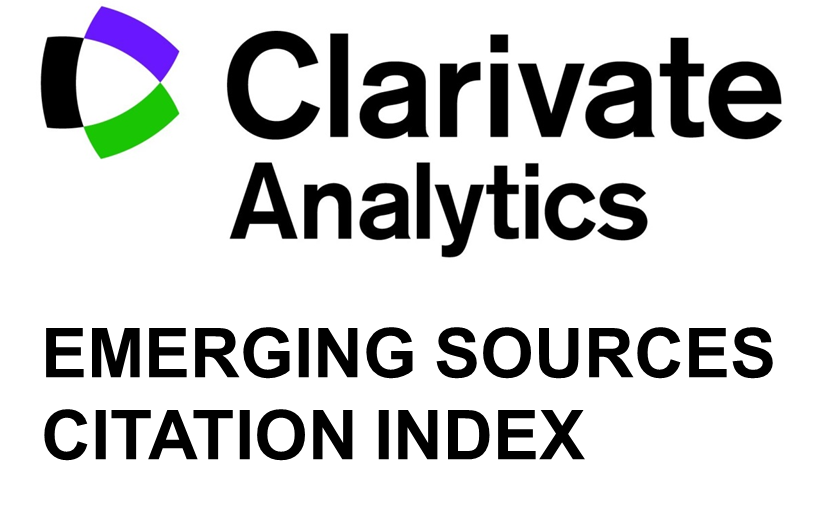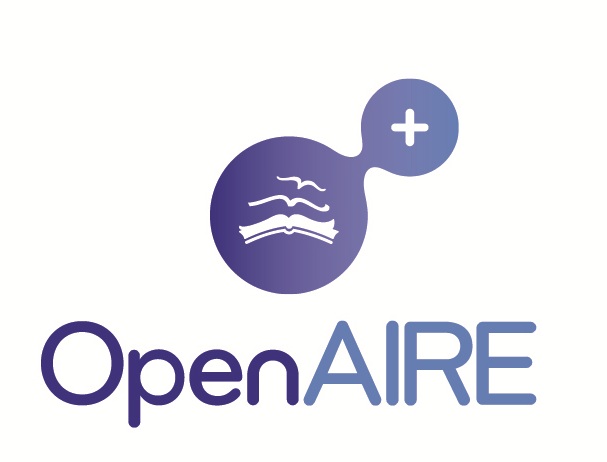Enhancing PDC Functional Connectivity Analysis for Subjects with Dyslexia Using Artifact Cancellation Techniques
Taha Mahmoud Al-Naimi, Shanthini Chandra Sekaran Naidu, Ahmad Zuri Sha'ameri, Norlaili Mat Safri, Narina Abu Samah
DOI: 10.15598/aeee.v20i4.4525
Abstract
The neurobiological origin of dyslexia allows the study of this disorder by examining functional connectivity between regions of the brain. During rest-state or at task completion, Electroencephalograms (EEG) are used to observe brain signals. By using Partial Directed Coherence (PDC) analysis, the correct analysis of functional connectivity was assessed. In spite of that, the estimation of functional connectivity can be inaccurate due to the presence of artifacts. Several methods have been employed by researchers to remove artifacts, including Moving Average Filters (MAF), Wiener Filters (WF), Wavelet Transforms (WT), and hybrid filters. Despite this, no research has been conducted on the effects of artifact removal methods on functional connectivity. Consequently, Artifact Cancellation (AC) algorithms are developed to reduce the effects of eye blinks, eye movements, and muscle movements on functional connectivity estimation. In this work, the denoising filters discussed earlier are utilized as part of the AC algorithm. Additionally, a comparison was conducted to determine the effectiveness of the filters. According to the results, AC-MAF removed all artifacts with the least computational complexity after improving the MAF. In order to test its efficacy in real-world conditions, it was applied to the real signals recorded while children with dyslexia were participating in rapid automatized naming activities. Utilizing the PDC approach, the developed algorithm accurately assessed functional connectivity.






















